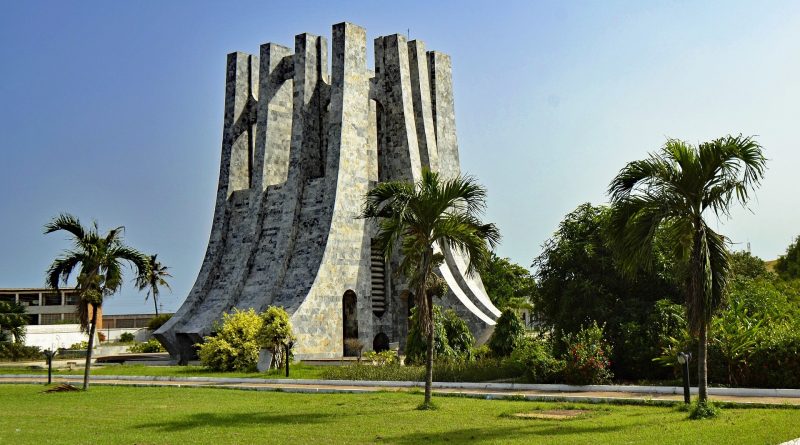Geographical map of Ghana
Geographical map of Ghana
Ghana is a West African state bordering the Ivory Coast to the west, Burkina Faso to the north, Togo to the east, and the Gulf of Guinea to the south.
Ghana has a total area of 238,540 km² and a population (as of 2014) of 27,000,000 inhabitants.
The capital of Ghana is Accra, with a population of 2,291,352 (as of 2013).
Ghana is a multicultural and multi-ethnic country with one boasting various ethnic, linguistic and religious groups. 71.2% of the population is Christian, 17.6% Muslim and 5% is animist.
Geography –
Ghana is a country that to the south has an outlet in the Atlantic Ocean with generally low and sandy coasts. In the southern part of the country there is a wide flat belt crossed by numerous rivers, which favor the crops of cocoa and coffee.
In general, Ghana is largely made up of plains or hilly plateaus of negligible heights (100-300 meters above sea level): the highest point is, in fact, Mount Afadjato with its 885 meters of height.
To the east, along the Togolese border there are the offshoots of the Togo Mountains and to the west, along the Ivorian border is the Kwahu Plateau, a plateau that extends from the border to the central area of the country.
Ghana is also characterized by a hydrography dominated by the largest artificial lake in the world: Lake Volta, which forms along the course of the river of the same name. Of great importance is also the Oti, the main tributary of the lake, coming from the Togo Mountains.
Climate –
The climate of Ghana is tropical, with strong variations in temperatures and rainfall depending on the distance from the sea. In the northern region, the rainy season takes place from March to September while the drought caused by the Saharan wind Harmattan can last from 4 to 6 months. In the central and southern areas (therefore closer to the coast), rainfall is concentrated between April and June and between September and November, particularly along the western coast.
Flora-
The ecosystem of Ghana is characterized by what remains of the tropical forest where mahogany, ebony and cedar prevail. In the center and north, the savannah extends, with rare shrubs and few trees, covering about 2/3 of the country.
Unfortunately, much of the original vegetation has been destroyed to make way for agriculture. In the south there is still the tropical forest while the northern portion and part of the central one are occupied by the savannah, with rare shrubs and few trees.
In this country, cocoa that is grown for economic purposes and produced for export is of some importance.
Fauna –
The fauna of Ghana has also seen a significant decrease as a result of deforestation and therefore the reduction of habitats to make way for often intensive agriculture.
Of the wild species that still exist, we remember the elephant, the antelope, the hyena, the leopard and various species of monkey. Most of these animals live within protected areas, such as Mole National Park. In the park there are 33 species of reptiles: the python and the cobra are the most common
In the national parks, such as the Kakoum (known for the numerous species of birds, reptiles, amphibians and above all butterflies) or the Keoladeo or the Bia, there are the characteristic mammals of the savannah areas: gazelles, warthogs, elephants, antelope-bongo, flying squirrels, leopards and monkeys
The most common reptiles are the python and the cobra.
Guido Bissanti


